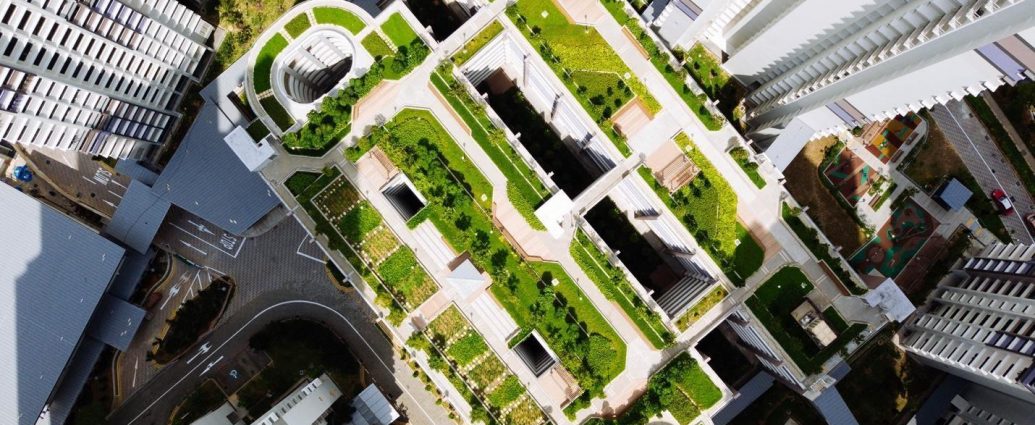The concrete jungle, punctuated by car horns instead of roars, has long been the symbol of American urbanity. As opposed to the lush green of global rainforests, our most densely populated cities – from Dallas to Chicago to Manhattan – have sparse tree coverage and few public green spaces. Are towering gray walls and pavement really all our urban areas have to offer? The Green Roofing industry, specifically “Green Roofs for Healthy Cities,” shows sustainability-minded entrepreneurs a path down which the convenience of common urban architecture meets environmental consciousness.
Green Roofs for Healthy Cities is a Toronto-based organization dedicated to developing the green roofs and walls market by showcasing its value on economic, social, and environmental fronts. Rohan Lilauwala, GRHC’s Program Manager, highlights some of these important benefits. First, he addresses how green roofing reduces costs for building owners by lessening the amount paid in heating and air conditioning by regulating internal temperatures year-round. He also discusses the possible benefits and incentives for businesses that commit to sustainable architecture—like Chicago’s program to expedite the permit process and previous grants to pay up to 50% of green roofing costs.
According to Emma Tamlin, GRHC’s Engagement Manager, many of the social and environmental impacts of green roofs are inextricably linked. For instance, take the lack of tree coverage in urban areas. While it is a problem in almost every neighborhood, low-income communities disproportionately suffer from it, and as a result, ensure a hotter microclimate. Green roofing does not cover the sidewalks themselves, but it mitigates the urban heat island effect by naturally cooling temperatures outside and could restore biodiversity in urban areas. Tamlin also cites the benefits that rooftop gardening can have on public health, as it “localizes the food production change and fights against food deserts.” The intersection of all these factors, especially in low-income areas, represents green roofing’s important role in combating climate change and inequality in our cities.
This innovation presents unique benefits for restaurants in particular. By greening their roofs, restaurants can grow some of their own ingredients—from herbs to classic produce. Not only does this reduce the environmental impact of purchasing, packaging, and shipping these ingredients, but it also saves money for businesses by cutting down on these expenses. Also, Lilauwala says that rooftop gardens can “become an important part of a business’ story” – serving an important marketing purpose by attracting customers. As consumers become more conscious about sustainability, some will actively seek out restaurants that align with their ideals. Rooftop gardens are just one physical manifestation of that unfolding dynamic.
Although Chicago has the highest amount of green roofing in North America (over 5.5 million square feet as of 2013, undoubtedly increasing since then), this number represents a small percentage of the total available square footage. This can be partially attributed to the cost difference between normal roofing and eco-friendly green roofs. On average, it costs $3 to $6 per square foot to replace an existing roof, compared to at least $10 per square foot to add basic green roofing. However, green roofing typically lasts 35-50 years, 2-3 times longer than the average flat roof, which helps offset this cost. While the initial price may prohibit some small businesses from installing them, the durability of green roofing, combined with its social, economic, and environmental benefits, makes it a worthy investment.
If this price is too steep, Tamlin offers many helpful suggestions to businesses seeking a green-roofed future. “It really depends on why someone is pursuing this,” she notes, “there are different routes to take depending on if you want economic or environmental benefits.” One of her suggestions—getting involved in local green policy—affects both. By advocating for more incentives and rebates around green architecture, businesses can help each other and their community reduce some of the impact of climate change in urban areas.
In addition to their website, you can find out more about GRHC’s initiatives and the green roofing world from their newsletter.
—Anna Langlois

